The Cayuga Island Kids series features a diverse group of big-hearted friends who work together to solve mysteries, have adventures, and organize community projects. They are fact detectives who think, brainstorm, research, and collaborate to uncover answers and puzzle out solutions. Above all, they are kind, helpful, smart, and resourceful kids who have lots of fun together.
These chapter books are perfect for 7- to 10-year-olds in 1st through 4th grade.
“Any book that begins with a map of an island is my kind of story. Enliven that setting with a diverse group of characters who are consistently kind—and bursting with curiosity—and you’ve got all the elements of a series that is alive with adventure, friendship, and mystery.”
~ James Preller, author of the Jigsaw Jones mystery series
 Book 1: The Mystery of the Barking Branches and the Sunken Ship
Book 1: The Mystery of the Barking Branches and the Sunken Ship
This entertaining mystery-history adventure is based on real events surrounding one of the biggest puzzles of the Great Lakes! The Cayuga Island Kids set off on a hunt for a certain kind of tree and instead unearth a cannonball thought to be from a treasure ship built right on their island that sank in 1679 and was never recovered. As they hunt for clues and follow leads, they discover that the island they live on is home to a whole lot of history. And, it turns out, a whole lot of mystery, too. We all have history in our own backyards, just waiting to be discovered by inquisitive, adventurous, and fun-loving fact detectives!
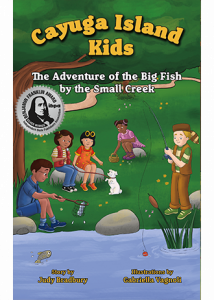 Book 2: The Adventure of the Big Fish By the Small Creek
Book 2: The Adventure of the Big Fish By the Small Creek
Moving from knowing something has to be done to getting it done takes determination, teamwork, and sometimes, looking in a new direction. In this award-winning second book in the series, the Cayuga Island Kids rescue a mallard caught in the plastic rings from six-pack of cans. Moments later, a girl on a bike carelessly tosses a plastic bottle in the creek. That’s when they decide it’s time for action. How the Cayuga Island Kids go from fishing a plastic bottle out of the creek to bringing the community together to build a recycling bin big enough to hold plenty of plastic makes for a lively adventure. Young readers will be entertained as they come to realize the importance of brainstorming ideas, teamwork, the value of community effort, recycling, and the promise of new friendships. Best of all, readers will cheer on the Cayuga Island Kids as they come to realize that, although we are each just one person, together we can make a BIG difference.
 Book 3: The Case of the Messy Message and the Missing Facts
Book 3: The Case of the Messy Message and the Missing Facts
It’s fall as Book 3 of the Cayuga Island Kids chapter book series opens. Julian explores food science as he experiments with recipes for the perfect chocolate chip cookie. Being a cookie sampler takes Mac’s mind off his troubles with fractions. Yoko practices for the school play tryouts, and Maya helps Ms. Choi with the Make-and-Take-Club. Lacey, of course, is searching for the next mystery to solve. And then two of Ms. Choi’s glitter pens go missing. The clues and evidence point to a suspect, but are the Cayuga Island Kids jumping to conclusions? When a classmate jumps to conclusions and shares false information about Julian’s cookies, the kids join forces to set the facts straight. And while researching explorers for a school project, the kids uncover misinformation that blurs the truth, and makes the reasons for being a fact detective crystal clear. Sorting through clues and evidence—just like research—means making sure you have all the facts, and not just a fraction of the truth. Young readers will cheer for the Cayuga Island Kids as they embark on this adventure involving misinformation, faulty assumptions, flour bugs, glitter pens, and chocolate chip cookies.
Click here to download Educator Guides and Activity Kits!

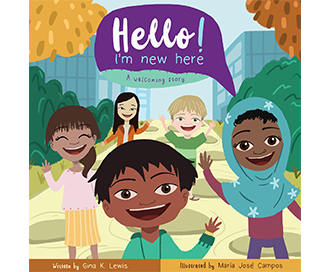
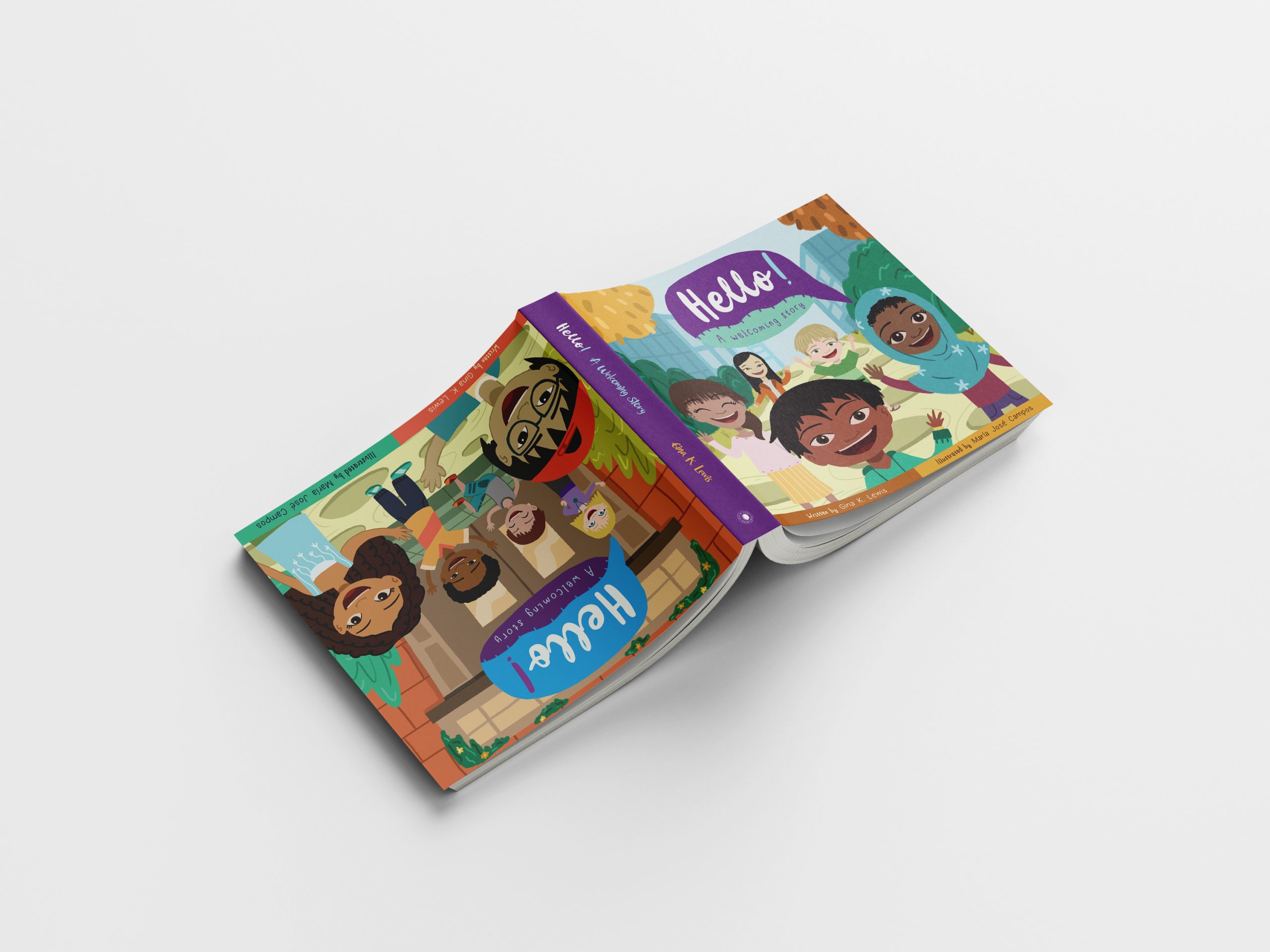
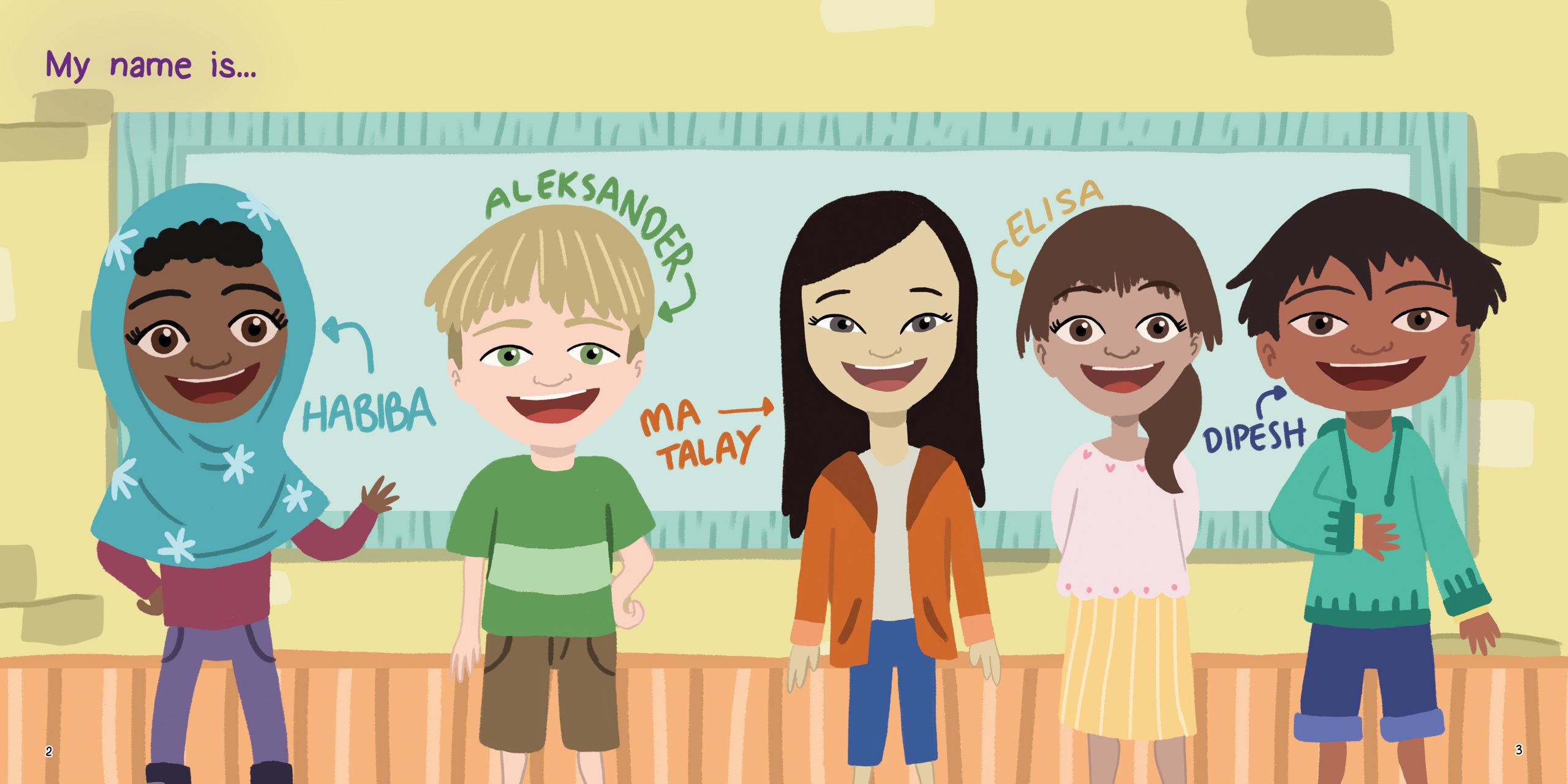

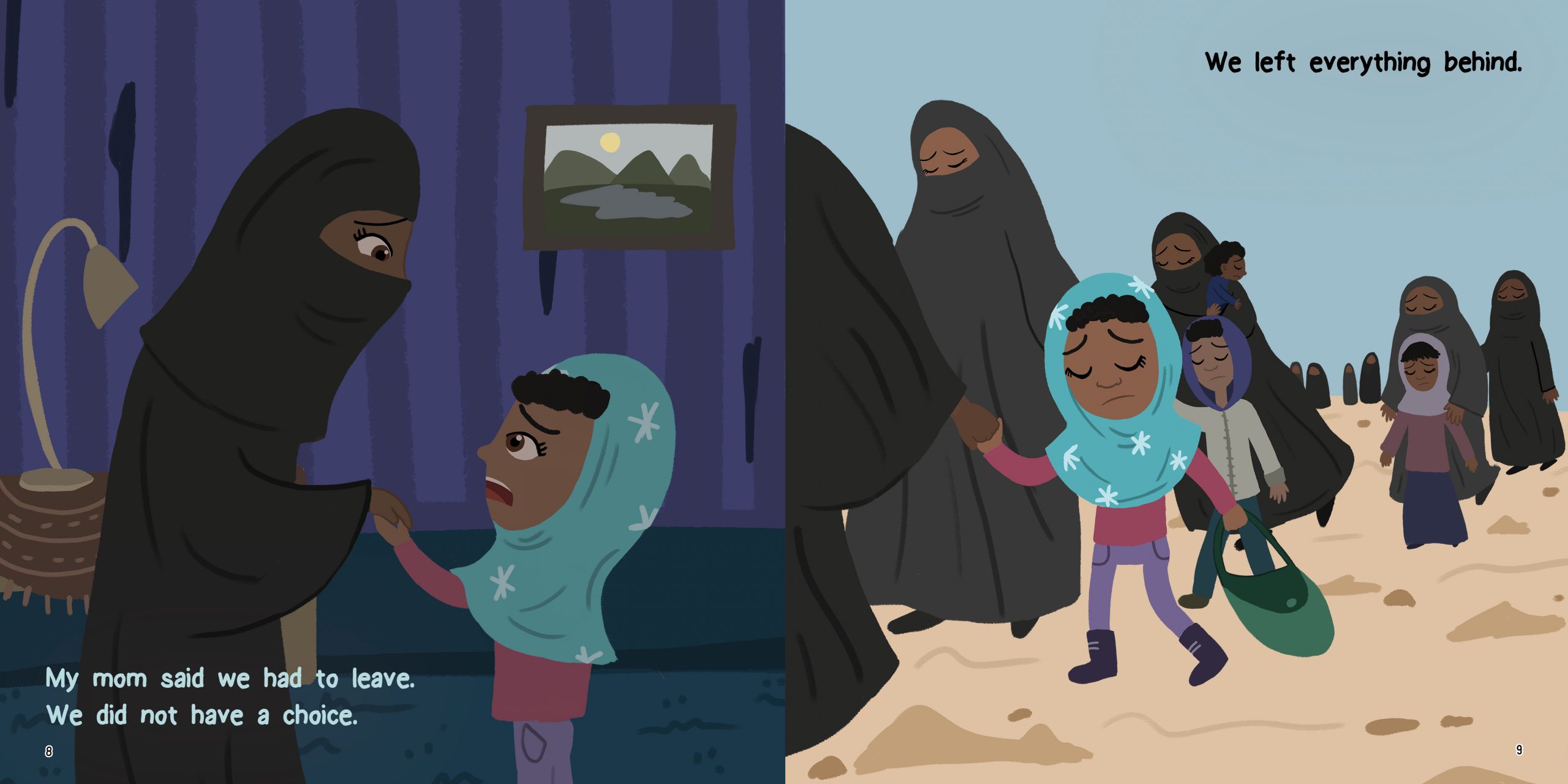
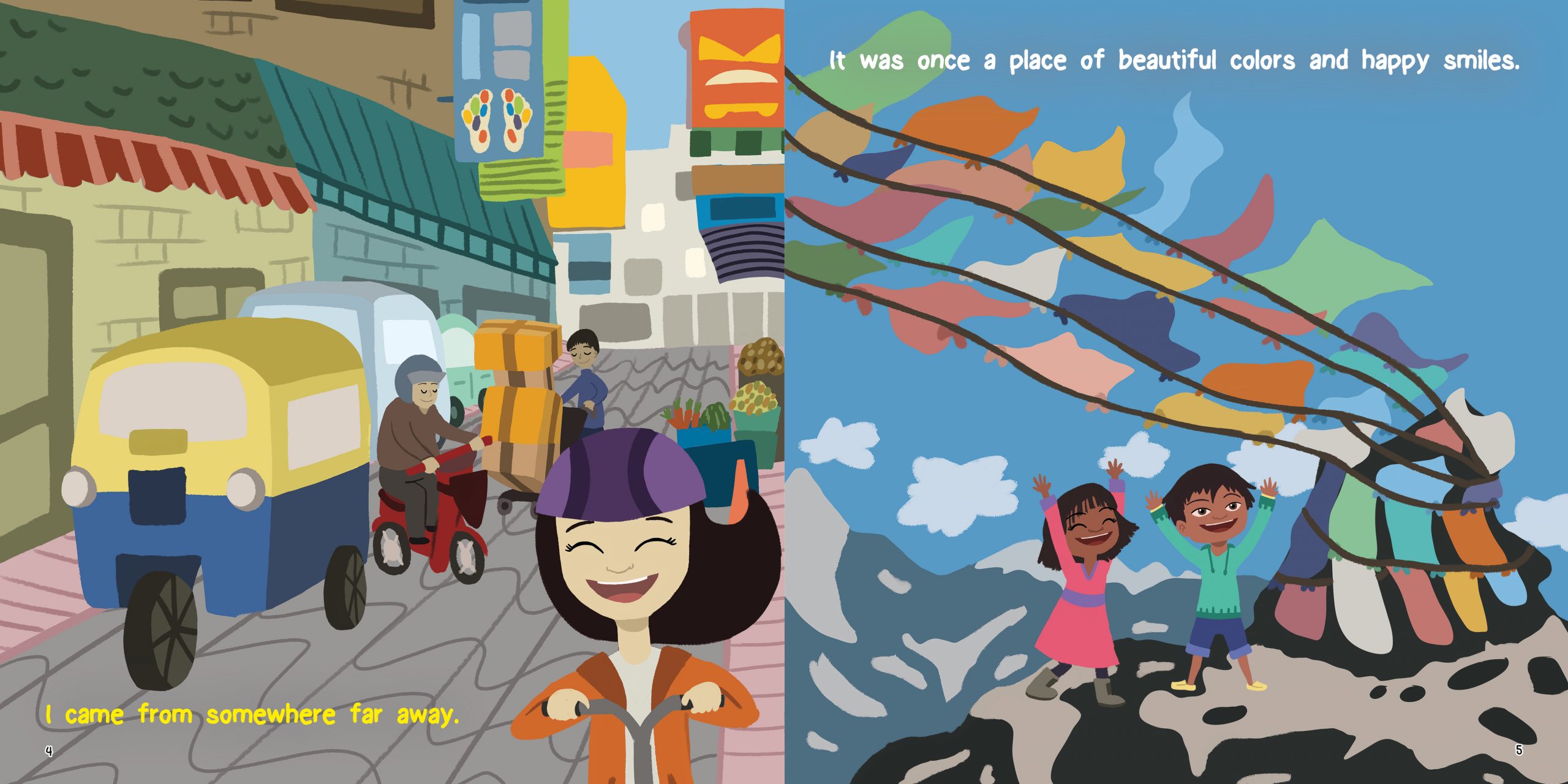
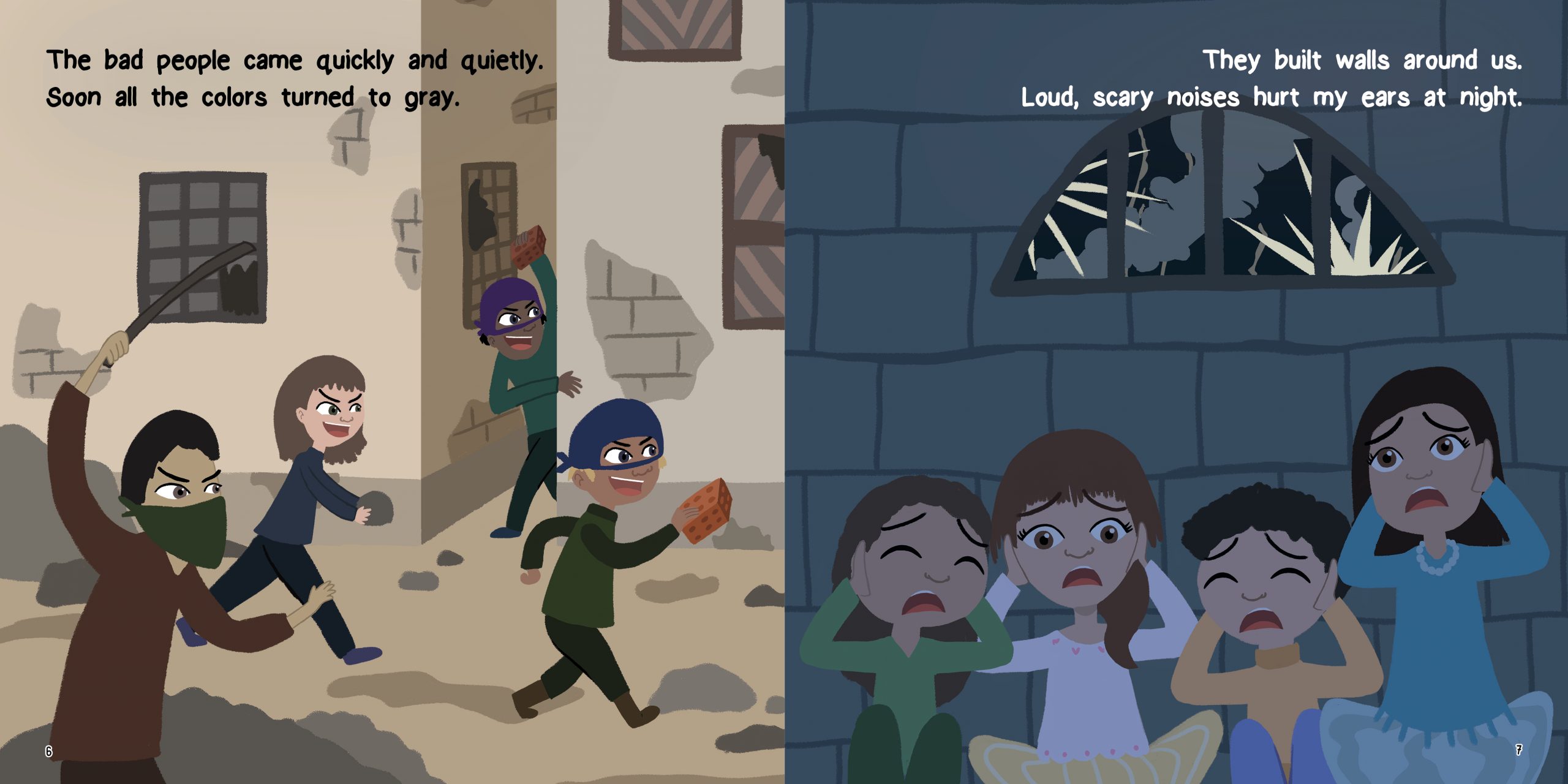
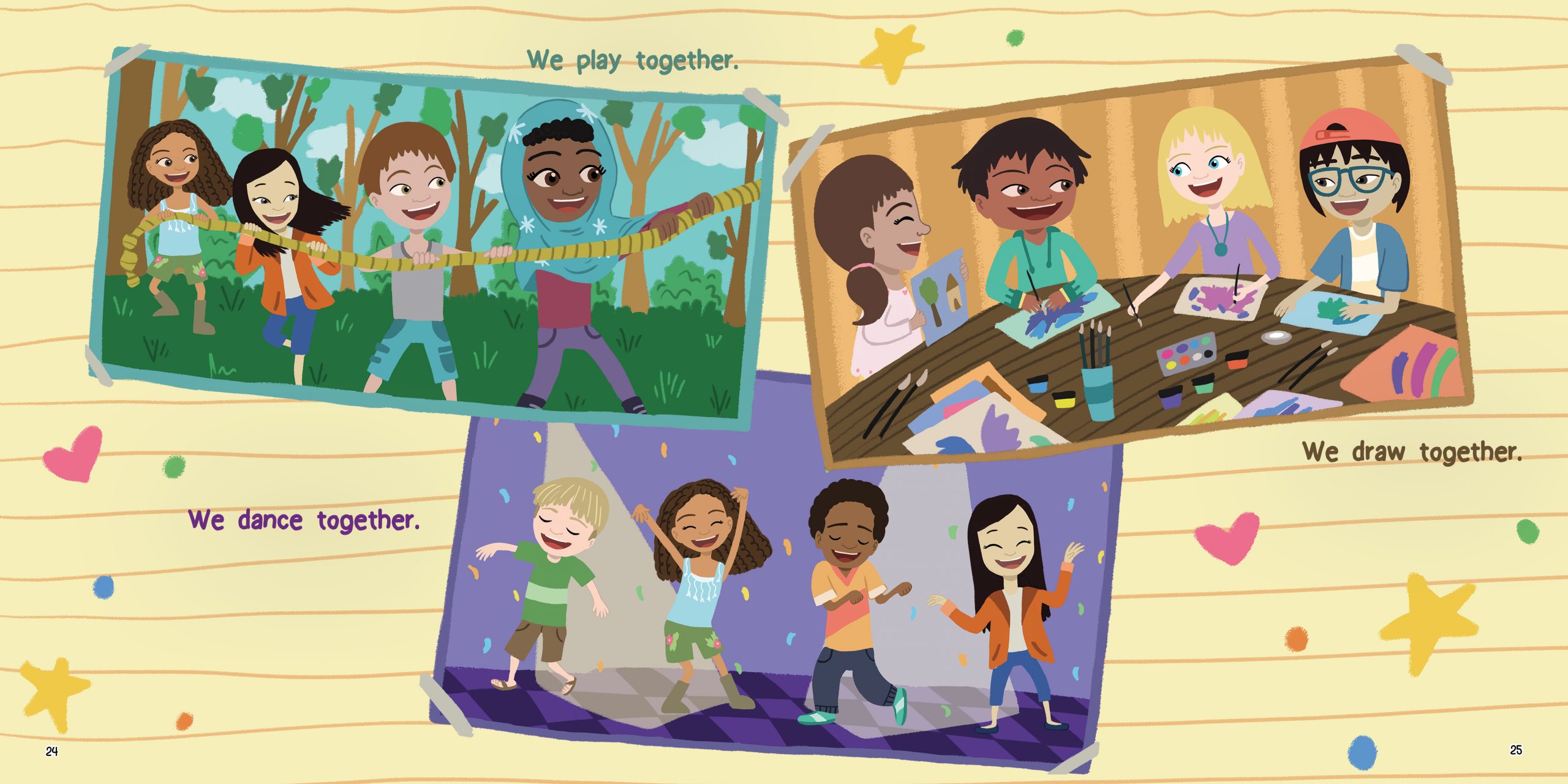

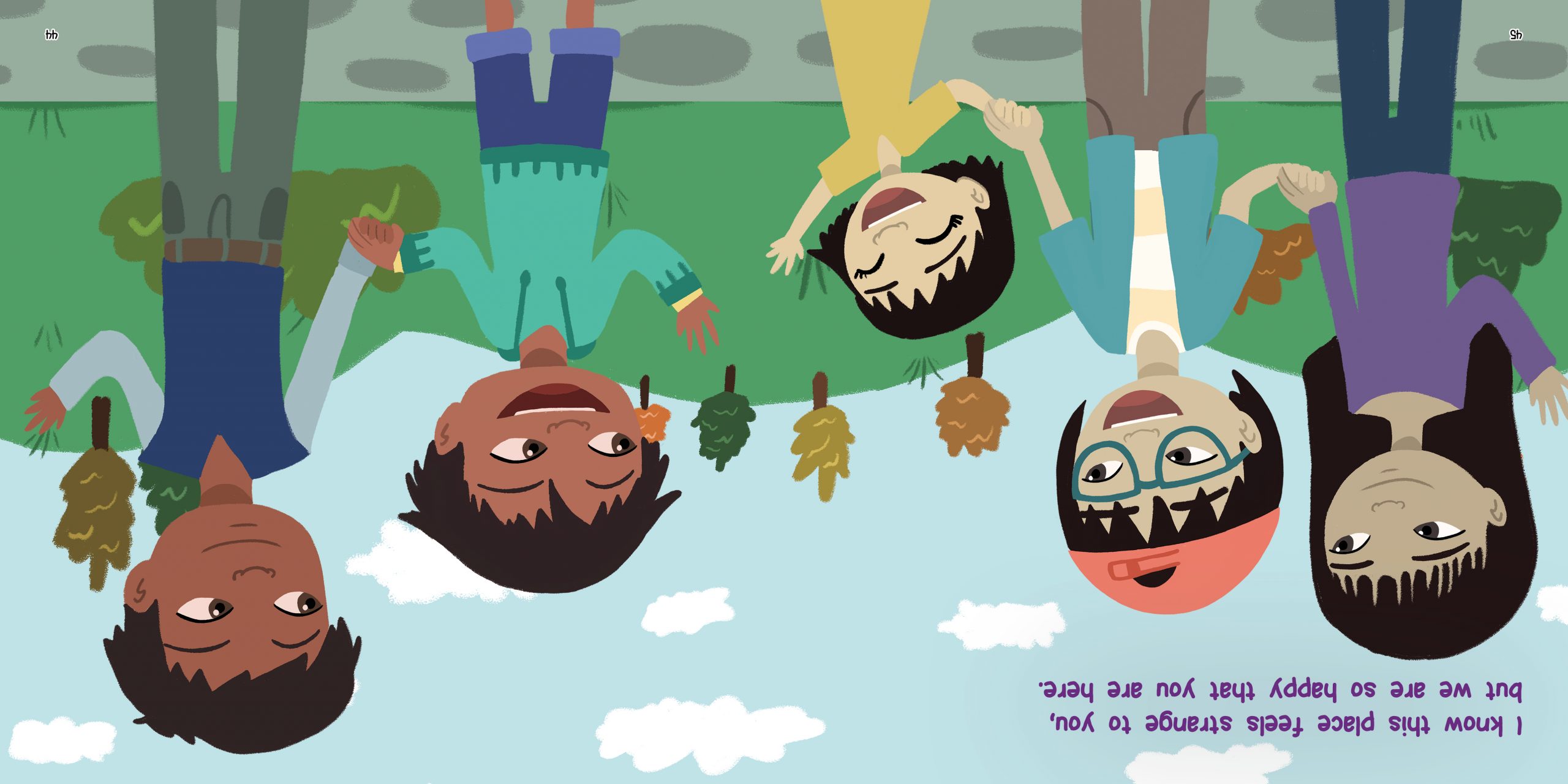
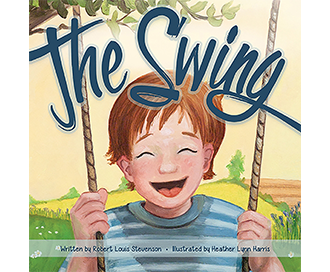

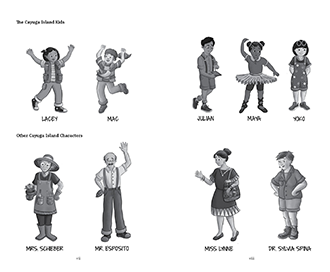
 Book 1: The Mystery of the Barking Branches and the Sunken Ship
Book 1: The Mystery of the Barking Branches and the Sunken Ship  Book 2: The Adventure of the Big Fish By the Small Creek
Book 2: The Adventure of the Big Fish By the Small Creek  Book 3: The Case of the Messy Message and the Missing Facts
Book 3: The Case of the Messy Message and the Missing Facts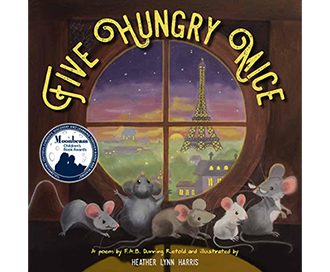
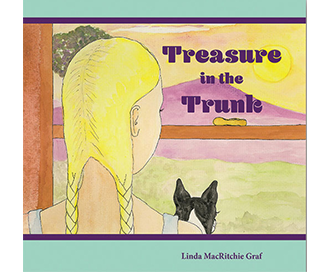


Kathryn Willoughby –
Powerful, yet age-appropriate message about acceptance of differences
The time is right now for teaching about inclusion and finding joy in cultural differences. This vividly illustrated narrative of refugee experiences is written with accessible vocabulary, yet is never condescending. This story is a springboard for opening conversations in the classroom about ethnic awareness and tolerance, providing a model for how students should behave when faced with classmates who are diverse. The tone is warm, welcoming, and provides opportunity for every student to tell their unique story. Every elementary classroom in the country should be reading this book!
Kris Dersch –
Goodreads
Anonymous –
This is an amazing book! Two stories within one, and would make a great addition to an ELL classroom!
Ana Ochoa –
This truly diverse book follows the arrival of five refugee children into a new classroom where they are welcomed by five new classmates. The illustrations and the simple text draw the reader in and allow sensitive topics, such as the violence refugees face in their home countries, to be addressed carefully. The effective use of daily routines, for example clothes and food, is perfect for the intended age group (5-7 years) and helps explore cultural differences and similarities.
The fact that the reader can flip the book and read the story from either the point of view of the child refugees or from the side of their new classmates is an excellent method to promote a real sense of empathy, understanding and inclusion.
The book is available as an e-book but the hard copy with the flip effect does make a difference. It is a colourful and engaging story with a real and vital message of acceptance and embracing diversity. Every school and library need it on their shelves.
https://www.ibby.org.uk/hello-a-welcoming-story/
Children’s Literature –
This story is a wonderful and heartwarming tale about a class of children who open their arms to welcome a new student who is a recent immigrant. Lewis delivers the story from two different perspectives–the newcomer and the students who welcome them–in this flipped book, where readers turn the book over to read the second perspective. Campos’ illustrations are expansive and beautiful, with the pictures taking up the vast majority of the page. The book weaves through the varied stories of many of the immigrants who are shown in the first part of the book. It ends with the new student feeling accepted into the school. A good selection for talking to students about welcoming outsiders into their classroom and community. The representation of the student body is diverse, and the author makes sure to present a variety of countries. Highly recommended for the young elementary classrooms and school libraries, for presenting diverse perspectives to students and supporting social-emotional learning goals.